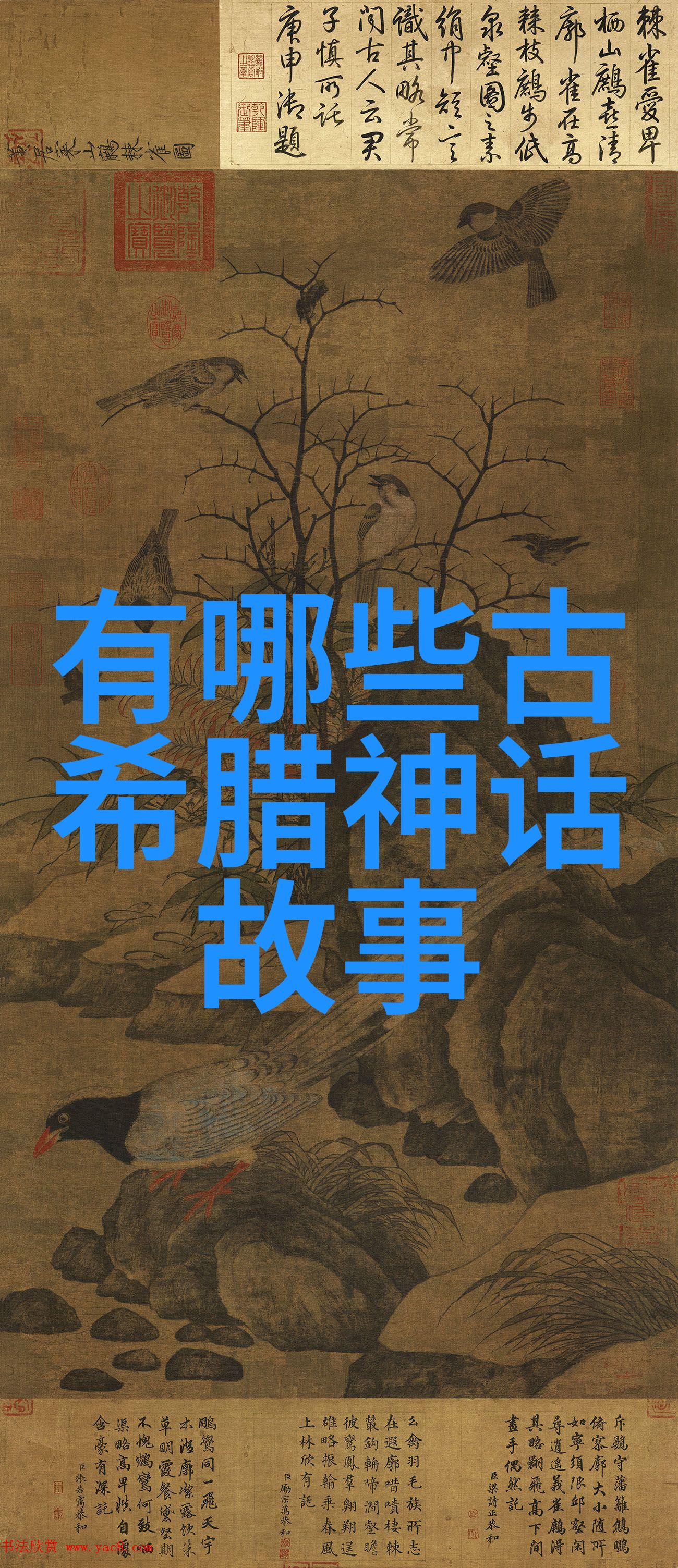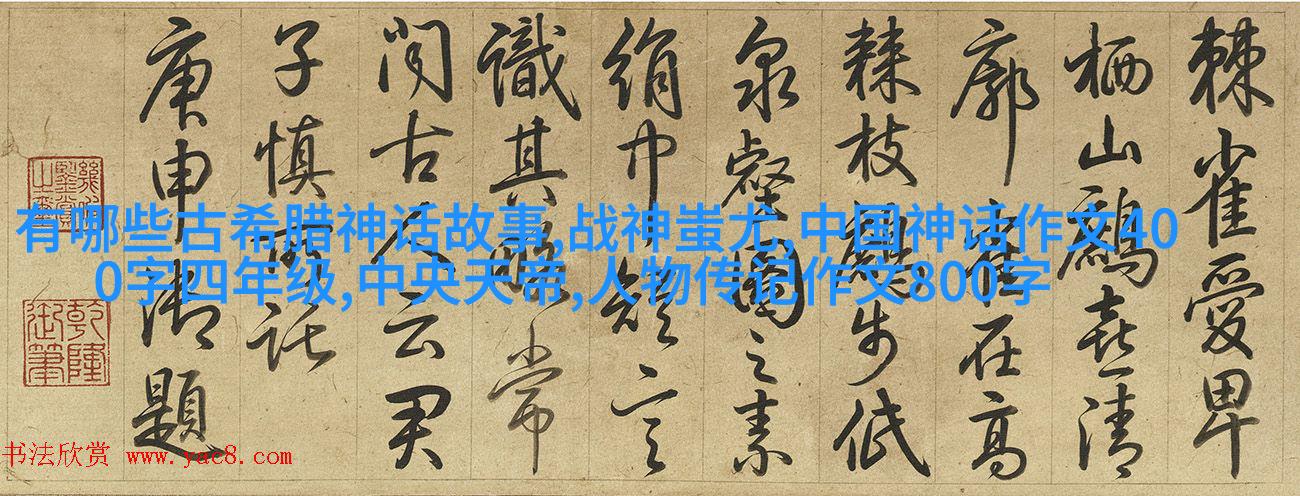The Ming dynasty, which lasted from 1368 to 1644, was a pivotal period in Chinese history. During this time, China experienced significant political, economic, and cultural developments that shaped its future. However, understanding the intricacies of Ming dynasty history can be challenging for non-Chinese speakers due to language barriers. In this article, we will explore how to translate Ming dynasty history into English while maintaining accuracy and context.

Historical Context
To begin with, it is essential to understand the historical context of the Ming dynasty. This includes information about key events such as the fall of the Mongol-led Yuan dynasty and the rise of Zhu Yuanzhang as Emperor Hongwu. Additionally, understanding social structures like feudalism and Confucianism would help in grasping various aspects of Ming society.

Key Terms and Concepts
Translating historical terms accurately is crucial when discussing Ming dynasty history in English. For instance, words like "Emperor," "Mandate of Heaven," "Taoist," or "Buddhist" need proper translation along with their meanings explained for better comprehension.

Names and Titles
Properly translating names and titles is vital when narrating stories related to specific individuals during that era such as emperors (e.g., Yongle Emperor), officials (e.g., eunuchs), military leaders (e.g., Admiral Zheng He), or famous scholars (e.g., Wang Yangming). It's important not only for clarity but also for respect towards these influential figures.

Cultural Elements
Cultural elements are integral components of any historical account since they shape societal norms and behaviors during different eras including those from the Ming period like festivals (Lantern Festival), art forms (woodblock prints), architecture styles (Forbidden City) etc.

5.Translation Techniques
When translating texts from ancient Chinese sources into modern English translations techniques come into play here such as using idiomatic expressions which could provide more authentic flavor without losing meaning; adopting appropriate tenses or grammar structure accordingly; preserving original text where possible especially if there's no suitable equivalent phrase in target language; use footnotes whenever necessary explaining obscure terms or references used by authors at that time.
6.Finding Reliable Sources & Resources
Lastly finding reliable sources & resources while researching on topics related to ming dynasties' past remains crucial because one must rely on credible materials published by historians who have spent years studying this particular era so accurate interpretations may be derived from them rather than misinterpretations caused by incorrect data supplied elsewhere online forums blogs websites books etcetera etcetera...
